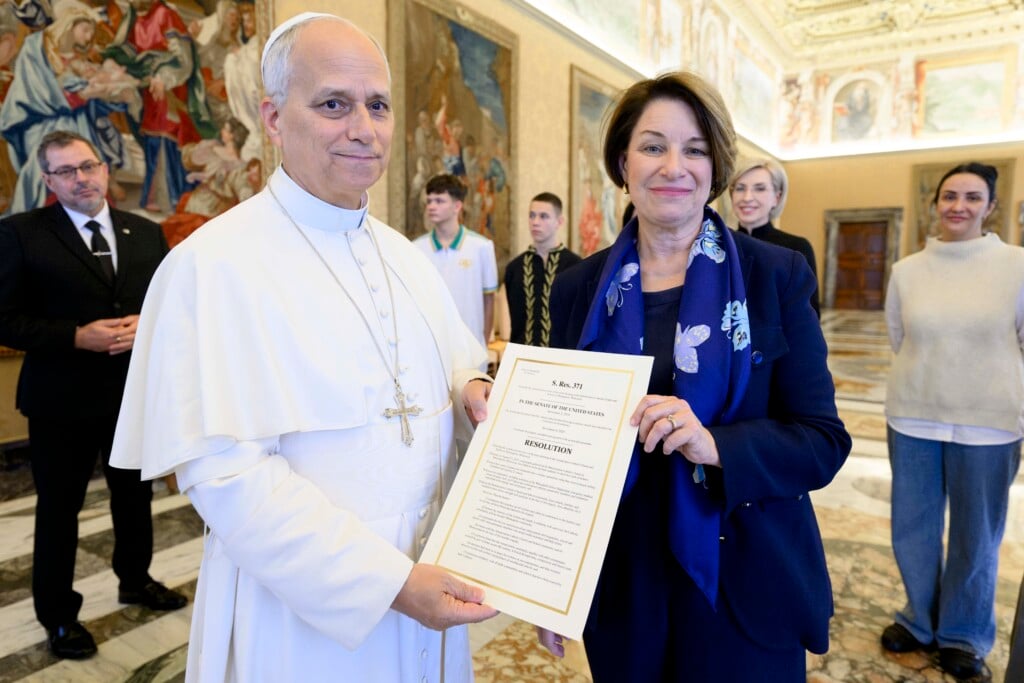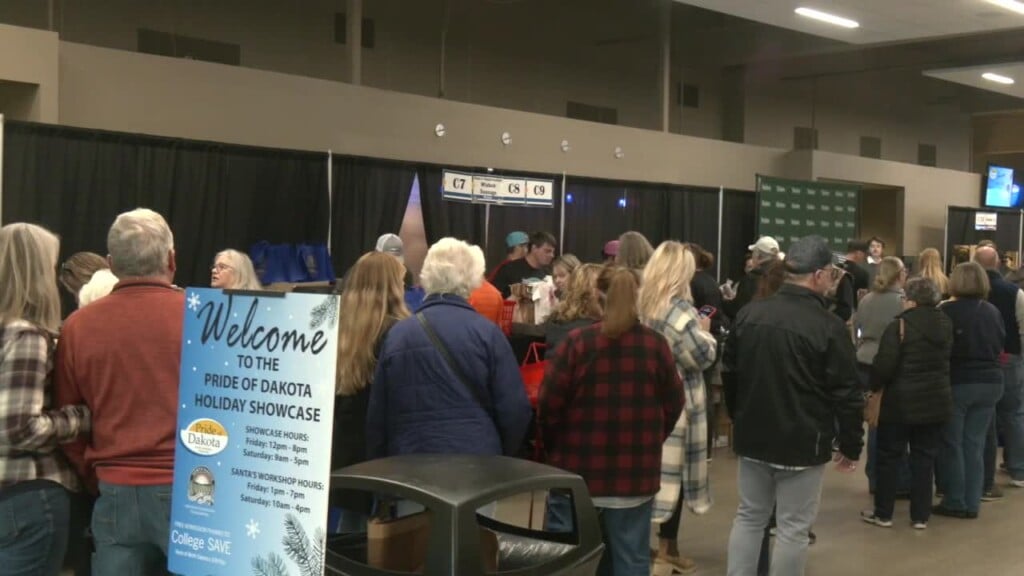North Dakota’s Hidden History: America’s First Mosque
Sentiment against Muslims and refugees has been making headlines both locally and around the nation.
But what you may not know is that Muslim immigrants have a unique place in North Dakota, and our nation’s history.
Muslim settlers came to America looking for a place they could call home.
They found that place here in North Dakota.
Sitting alone on the western North Dakota prairie is a monument to early pioneers.
A monument unknown to people who live just six miles away in Stanley.
Unknown to the decedents of the people who worshiped here, and descendants of people buried here.
“I had no idea that there was a mosque there, that my family had been Muslim,” says Nicole Mattson of Moorhead.
It’s the site of the first mosque ever built in America.
But how did this spot become a part of history?
Father William Sherman literally wrote the book on the settlers who built the mosque, “Prairie Peddlers: The Syrian-Lebanese In North Dakota”.
“During the homestead period,” Sherman explains, “people were coming out here because of free land.”
The promise of land brought out settlers from what is now modern day Lebanon.
Back then, the region was in Syria.
“300 Muslim families came out here. Everybody was coming out, you see?
One of those immigrants was Allay Omar, the great-grandfather of Nicole Mattson.
“He was about to be drafted into the Turkish Army,” Mattson says, “and he didn’t want to fight for the Ottoman Empire, because they were basically occupying
his country, so he came to the United States.”
He came to North Dakota in 1909.
But it wasn’t until 20 years later that the first mosque in America was built.
Mattson says, “They had enough of a community at that point that it was worth building a mosque.”
The building was completed in 1929, a place where they could practice their beliefs.
But it wasn’t that simple for a group largely made up of rural farmers.
“They didn’t have seminaries,” says Father Sherman, “so it was just one of the more literate guys in the community who would lead the prayer service.”
Without permanent religious leaders, the mosque fell out of use in the mid 1930’s, the Great Depression and the Dust Bowl taking a toll on the Muslim population.
Sherman adds, “Many people went on to the west coast, where there was some jobs.”
You would think that when the original mosque shut down and the worshippers that it would close the doors on this history in North Dakota.
But more than 80 years later, their legacy lives on across the state.
“My dad, he came here from, like I say, Syria,” says Joe Juma of Stanley.
Juma was raised Stanley, where his Muslim father met his Norwegian mother.
“Run off, got married, grabbed her I guess,” he says, chuckling. “Her folks and relatives didn’t think so much of it.”
Descendants of the Muslim settlers dot the map.
In Williston, Bismarck, the Red River Valley.
A fact that shows how the immigrants were able to live in harmony with other early North Dakotans.
“We looked at that very carefully,” Sherman asserts. “I checked the newspapers and I checked the crime records, the school records, so on, anything that would indicate prejudice against them. It wasn’t there.”
“There didn’t seem to be a lot of issues,” Juma adds. “It isn’t like it sounds now.”
In fact, that lack of conflict is part of the reason the mosque isn’t remembered today.
Mattson explains, “That generation really had assimilated with the local community.”
In fact, Mattson didn’t know about her heritage until seeing her aunt quoted in Father Sherman’s book.
She exclaims, “I called my grandma, and I was like, what’s the deal? I didn’t know any of this!”
But there are efforts to keep the story alive.
The original mosque was demolished in the 1970s.
A cemetery, the final resting spot of about 30 settlers remained.
A replacement mosque was built about a dozen years ago.
People like Mattson are proud her heritage continues.
“I just think it was really cool,” she says, “because how often do you find out your family was involved in something historical, that you never heard of before?”
Despite the long history of Muslims in North Dakota anti-mMuslim sentiment seems to be growing.
Lutheran Social Services has been under fire for helping refugees resettle in Fargo.
And a Somali-owned restaurant was fire-bombed in Grand Forks, after Nazi-themed graffiti was sprayed on the building.
People who know about the early Muslims say a lesson can be learned today.
“You can learn that America is a mixing pot of people,” adds Sherman, “and so you take them for what they are. If they’re nice people, they’re nice people.”
Mattson adds, “I think just like Christians, there are many types of Muslims, and the majority of them are just regular people who want to live their lives in peace like everybody else.”
They hope the Muslim history can help create harmony in the present, and the future in North Dakota.
Muslims from around the country make trips to visit the first American mosque.
The mosque and cemetery are managed by the children and grandchildren of the original settlers.
They are discussing the possibility of turning the care of the site over to the North Dakota State Historical Society.






